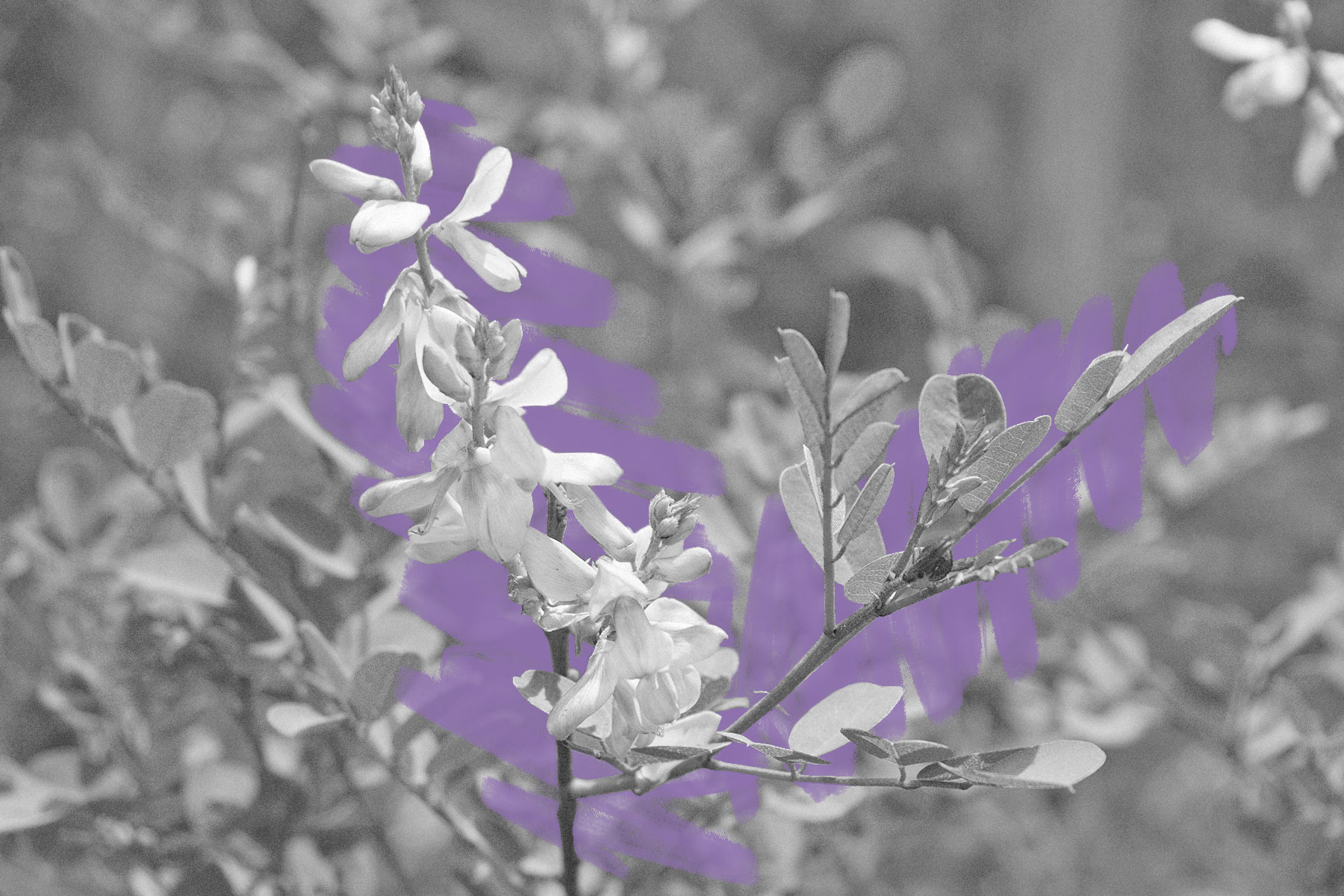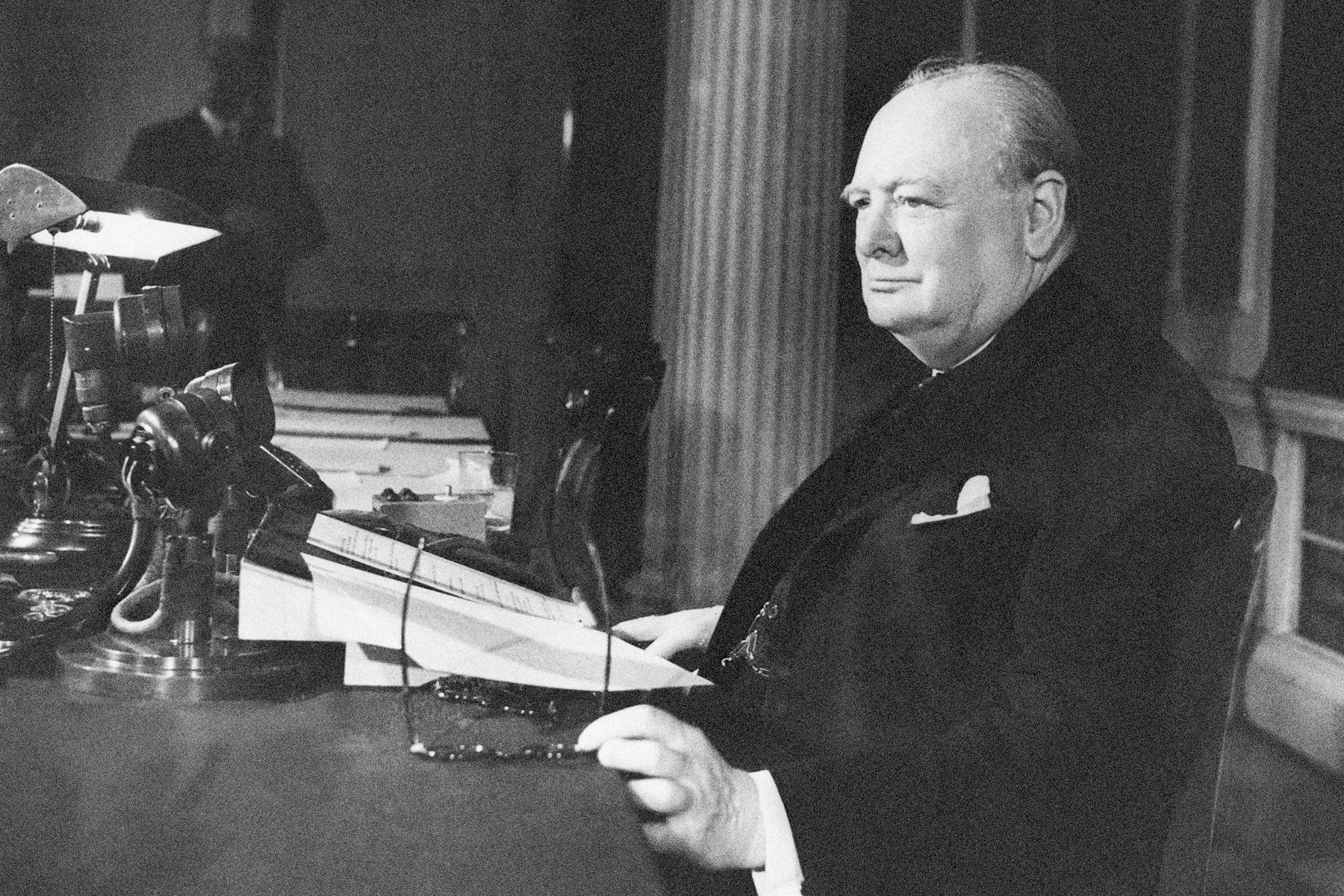 |
Indigo was once used as currency in colonial America. |
U.S. History |
 |
| |
| Native to West Africa and other warm weather regions, indigo was first used to dye textiles around 6,000 years ago in Peru, and in West Africa it became a cultural cornerstone in the region, representing fertility, wealth, and abundance. The dye is extracted by fermenting the indigo leaves, which eventually creates a blue paste that's formed into cakes and left to dry. The process is delicate, time-consuming, and was considered a valuable skill passed down through generations. As such, enslaved West Africans became integral to indigo production in America. | |
| The plant took root in South Carolina in the 1740s, when plantation owners began experimenting with indigofera seeds brought to the colony through the transatlantic slave trade. It thrived in the balmy summer climate, and, due to the forced labor of enslaved people, indigo quickly became the colony's second-largest cash crop, after rice. The indigo trade dominated the South Carolina economy from the 1740s until the 1790s, when the newly independent United States lost its biggest market after breaking with the British Empire. At the crop's peak in 1775, roughly 1.1 million pounds of dye were exported to England, valued at more than $40 million today. | |
 | |
 | |||||||||
By the Numbers | |||||||||
| |||||||||
| |||||||||
 | |||||||||
| |||||||||
The Star-Spangled Banner was made with indigo dye. | |||||||||
| When Maryland seamstress Mary Pickersgill made the first Star-Spangled Banner — the flag that inspired the U.S. national anthem — in 1813, the wool used for the starfield background was dyed with indigo. During the War of 1812, Pickersgill was asked to create a garrison flag for Fort McHenry in Baltimore, as the city was preparing its defenses. She constructed the large banner — measuring 30 by 42 feet — alongside her daughter Caroline, two nieces, and an indentured servant, Grace Wisher. The team assembled the flag from white cotton (for the stars), natural wool (the white stripes), and dyed wool (for the red stripes and blue background). During the Battle of Fort McHenry on September 14, 1814, a lawyer named Francis Scott Key saw the Stars and Stripes flying over the harbor as the British were defeated, and was inspired to write his poem "Defense of Fort M'Henry," which was put to music as "The Star-Spangled Banner." | |||||||||
 | |||
Recommended Reading | |||
 | |||
| | |||
 | |||
| | |||
| + Load more | |||
| |||
| |||||||||
| Copyright © 2023 History Facts. All rights reserved. | |||||||||
| 700 N Colorado Blvd, #513, Denver, CO 80206 | |||||||||
|





No comments:
Post a Comment